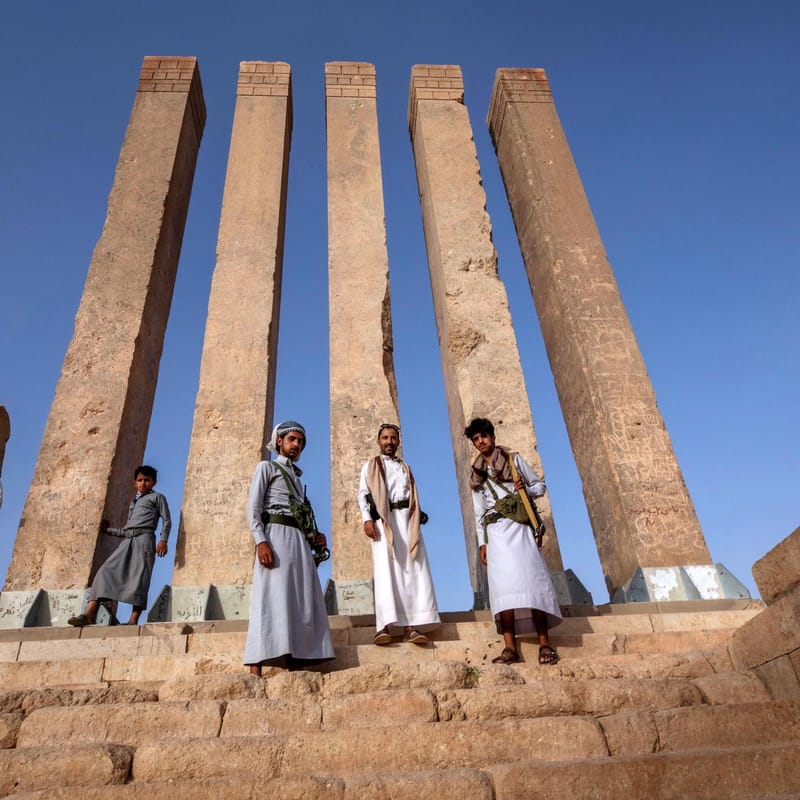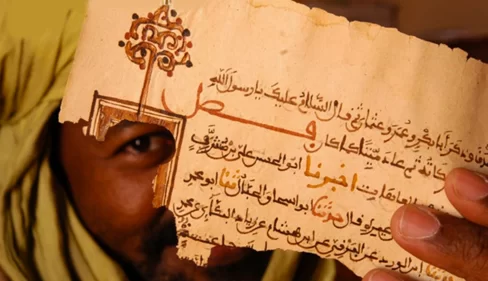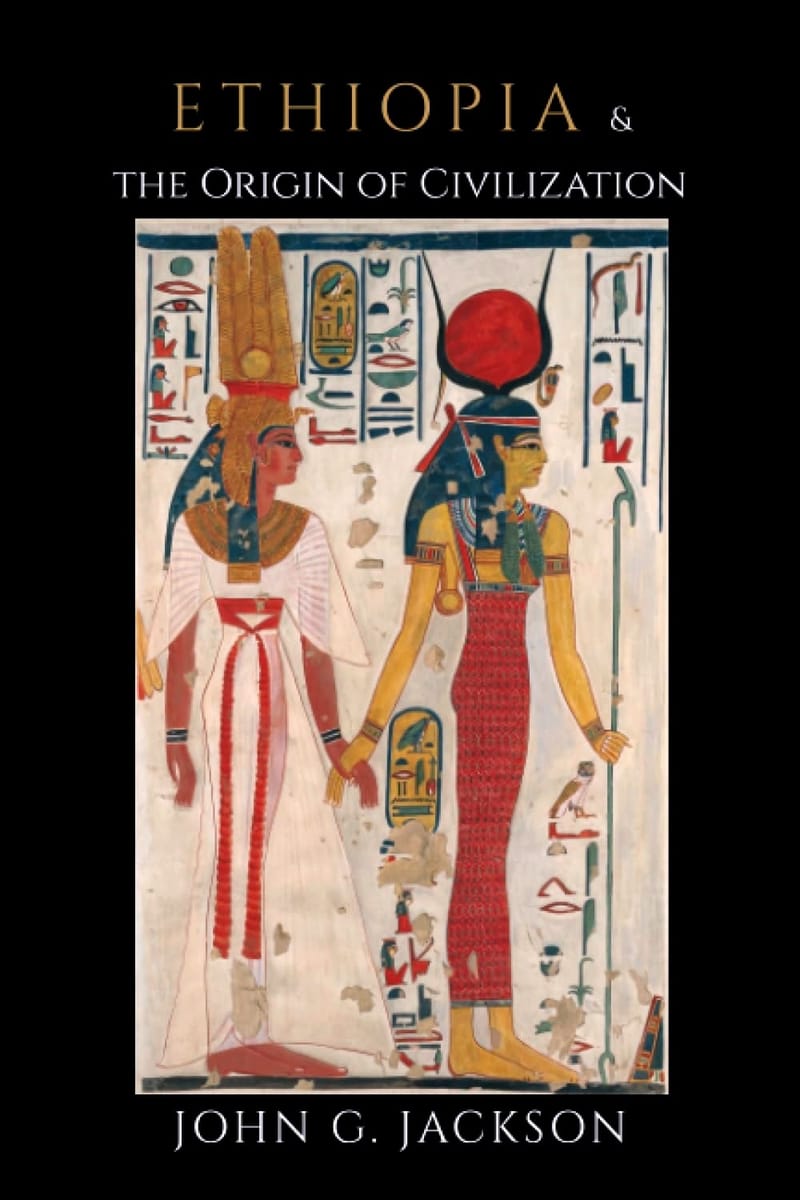Salahuddin M. Shamsuddin, Kingdoms and States of Arabian Peninsula before Islam
Interest in Arabia and the Arabs in the pre-Islamic period has gathered more substantive approach far from the hostile outsiders’ writers or condescending hostile chroniclers who lived in the empires and states of the East. They include records such as those of Greek, Latin, and Syriac authors. The pitfall of many who wrote about the Arabs mistakenly assumed that history of the Arabian Peninsula began with Islam. Yet, from ancient times, long before Islam, many prosperous Arab kingdoms and states arose on the outskirts of the Arabian Peninsula. One of the greatest Arab Kingdoms is the Aramaic kingdom of Hatra, Al-Hadr in Arabic, was one of the greatest cities of the Parthian empire. It was a religious and trading center located between the Roman and the Sasanian empires, sitting on a strategic trade routes. Hatra was known as the city of the Sun god, the Holy City of God or the House of God, or also called Hatra of Shamash. Located between the Euphrates and Tigris in Iraq, to the southwest of Mosul, Hatrene rulers were known as "kings of Arabs" and their territory named "Arab". This kingdom was run by a dynasty of Arabian princes whose language was Aramaic. Hatra survived numerous attacks by the Romans, including the invasions of both emperors Trajan (in 116 AD) and Septimius Severus (in 198 AD), mainly because of strong defensive structures. During the second Parthian War, Hatra played a significant role. The forces of Hatra won against the Persians in the battle of Shahrazoor in 238 AD. But Hatra was captured and destroyed in 241 AD by the enemy forces of Persia’s Sassanid Empire under the reign of Shapur I. We must recall among Arab kingdoms, the kingdoms of Yemen, the Himyar kingdom, the state of Ghasasina in the northwest, the kingdom of Saba. Among the crown holder kings, we must recall the kings of Ma’in and Saba from the children of Qahtan. The tribal confederations of Ma’add and Mudar, ruled from central Arabia to the Red Sea. The great tribal confederation of western Arabia before Islam included the tribe of Quraysh. The kingdom of Himyar emerged after the fall of the Sabaean state. The Himyar kingdom ruled over the states of Yemen from 115 BC until 300 AD, taking control of of Saba and Ridan, extending its conquest to Hijaz and Yamamah. Himyarite troops operated in the Hijaz, in western, central, and eastern Arabia. Hymyarite kings were rulers of “the Arabs of the Upper-Country and the Coast. Al-Harith al-Rayish was the first king of the Himyar kingdom. He conquered India, Sindh, the land of Babylon, Khurasan, Sham and the countries of the East. Shamar Yar’ush B. Malik was the famous Himyariryin king who invaded Iraq, Persia, Khurasan and the countries of China. In 24 BC, Aelius Gallus, the ruler of the Romans over Egypt failed in his great campaign against the State of the Himyariyin. The Kingdom of Ma’in, located on the Red Sea, was an important commercial center since ancient times. It was known for its agricultural products, such as the incense and perfume of great value. This kingdom’s influence extended all the way to Gaza. It emerged around 1500 BC. Around the 8th century BC, it was brought to its knees by the Saba tribes. Rome gained control of the Nabataean kingdom in 106 A.D and made it the Roman province of Arabia. The kingdom of Saba is attributed to Saba’ b. Yashjab Ya’rub ( al-'Arab al-'Ariba, pure Arab). He brought the tribes to the countries of Yemen through his conquests. The Sabeans are the descendants of Saba. Saba’ raided Babylon and took it as his own possession. Himyar and Kahlan were of his two famous ruling sons. Qahtan, is the grandfather of the southern Arabs and was called Saba’Abd Shams. During the first period of the state of Saba around 550 BC, the king had the title of Makrab Sab (meaning intercessors of the gods). During the second period of the state of Saba around 650 BC to 115 BC, the rulers were called king of Saba, with Ma’rib as capital city. The Queen of Saba was one of the famous ruler of this pre-Islamic kingdom. A sharp conflict arose between Judaism and Christianity. During the first century AD, Judaism penetrated the Arabian Peninsula through the persecution of the Jewish emperors. For instance, Herod, appointed “king of Judea” or “king of the Jews” by the Roman Senate was born around 72 BC. He was the son of Antipater the Idumaeans and Cypros, a Nabatean Arab princess from Petra. The Idumaeans are of Nabatean origin. Herod’s background was Arab on both sides of his family. Herod’s ancestors had been forcibly converted to Judaism. The city of Najran embraced Christianism in the 5th century. In an attempt to balance rival competitors represented by the Christian Abyssinian kings, the Sassanian (Persian) empire, and Byzantine Christian rulers, the last king of Himyariyin by the name of Du Nawas, converted to Judaism in order to annihilate the Christians in Najran. This political gamble costed him his power. The Abyssinian Negus sent seventy thousand Ethiopians under the command of Ariyat to invade and conquer Yemen in 525 A.D. Ariyat became the Ethiopian ruler of Yemen.
- Category: Reading Bar Café




